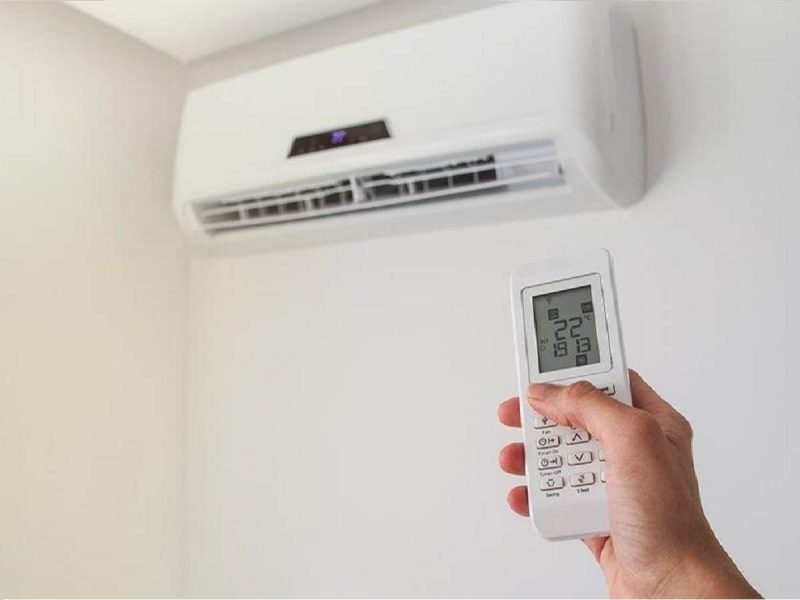Moving in an acceptable and somewhat cool atmosphere is not unwelcome for anyone, especially in these days of global warming and population concentration. Thus, the operation of air conditioning is also palpable:
– In business: reduction of heat-related fatigue and irritation, increase in productivity ;
– In trade: suppression of the feeling of suffocation, care and attention brought to the customers, brand image;
– In housing: apartment or villa where it is good to live.
Tips on the classification and energy class of an air conditioner
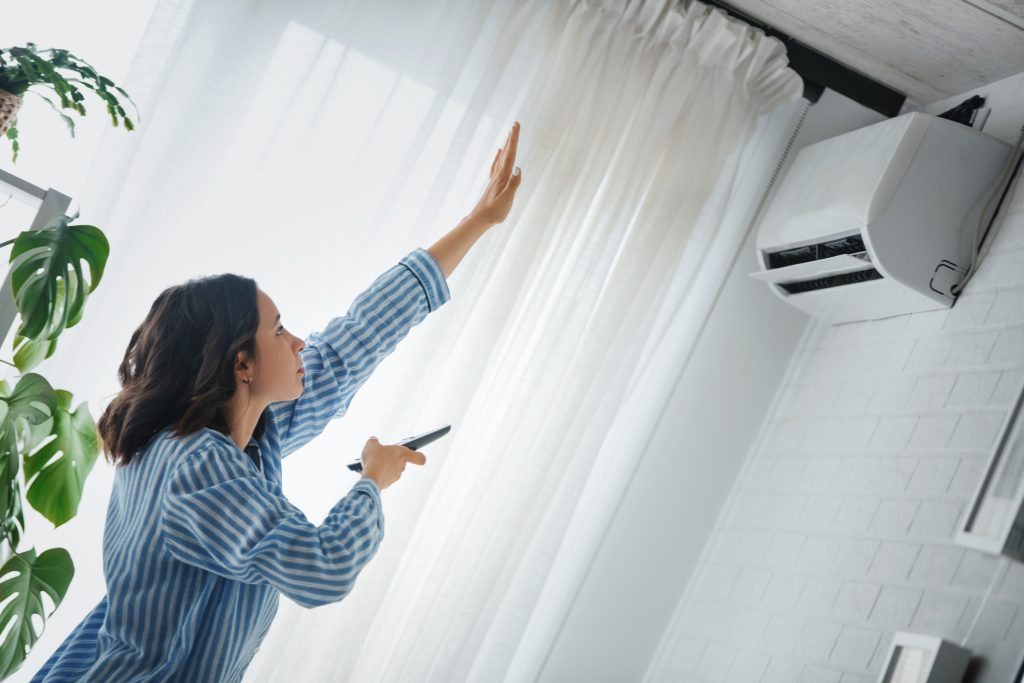
When buying an air conditioner, it is good to refer to its energy class. This is the label that comes with the product and has a variable rating from D to A++. In the case of reversible air conditioners, there are two categories, one for heating and the other for cooling. The most efficient appliances are in the A to A+++ classes.
Their classification is made as per their seasonal ratings SEER and SCOP
– For the cooling mode, according to the SEER (Seasonal Energy Efficiency Ratio) of the unit, the coefficient of performance in cooling mode over an entire cooling season;
According to the SCOP, the seasonal performance coefficient over an entire heating season for the heating mode.
Good to know: choosing an Inverter type unit as indicated above will allow you to make additional energy savings and better adapt to your needs depending on the number of indoor units in operation.
Heating capacity
From a technical point of view and the necessary power, you should check the airflow aspect. The airflow rate must allow a mixing rate between 5 and 10 volumes per hour. Without this, either your room will not have a homogeneous temperature, or the airspeed will be too high and will generate discomfort.
For example: if you want to air-condition and heat a room of about 50 m³, for your mixing rate to be between 5 and 10 vol/h, the indoor unit must have a supply airflow rate between 250 and 500 m³/h.
Note: Reversible air conditioners are not recommended in a bathroom, as the air blowing may generate discomfort. An electric radiator is preferable.
Compatibility between outdoor and indoor units
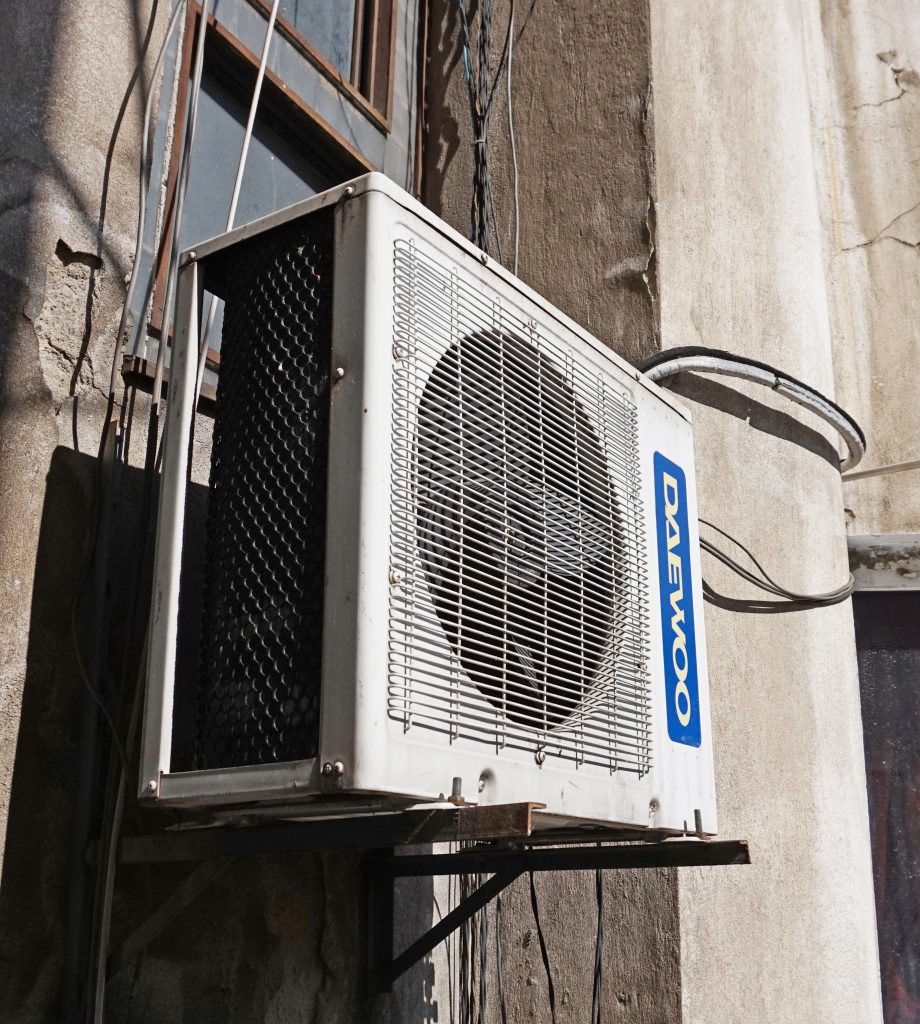
An outdoor unit can be fitted with several models of indoor units. It is essential to check the compatibility between your different indoor units and the outdoor unit.
Each outdoor unit accepts a total length of the tube and a maximum height difference between the high and low points of your installation, so remember to check these parameters before purchasing. These criteria will allow you to choose between different solutions (a tri-split or a bi-split plus a mono-split, for example).
Note: Reversible air conditioning systems, like air-to-air heat pumps, do not qualify for the various government grants. To benefit from the tax credit, the zero-rate eco-loan, or the 5.5% VAT, you must use an Air/Water or Water/Water heat pump that meets a performance threshold and is installed by a professional.
Tips for installing an air conditioning system
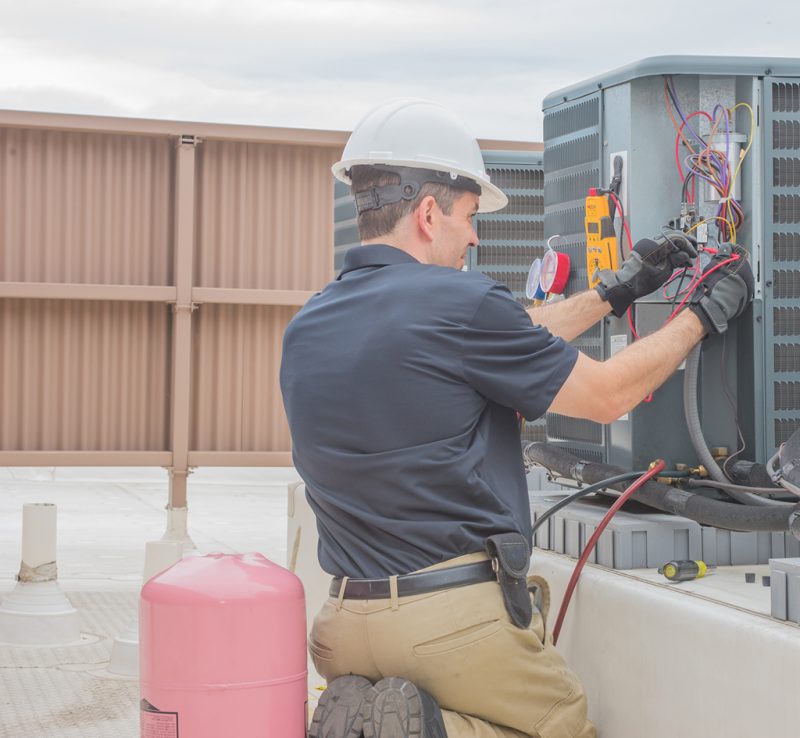
Recommendation
First of all, it is vital to keep in mind that you must comply with the manufacturer’s recommendations for installation. Certain non-conformities concerning the recommendations may invalidate the warranty, particularly concerning the shaping of the pipes.
When installing the outdoor and indoor units, check the recommendations concerning the space required around the units.
This point is essential because if it is too small, the airflow may be obstructed, which will reduce your units’ performance or even cause them to fail.
Condensates
The evacuation of the condensates (water of condensation coming from the air) requires particular attention not to create water infiltration in your walls or foundation for the external unit.
This evacuation is made of a plastic tube (crystal or corrugated) and must allow the gravitational evacuation of the condensation water: count at least 1 cm/m of the slope.
If this rule cannot be respected, you will have to opt for a forced evacuation solution by adding a lifting pump that allows the water to be brought up to the evacuation point.
Inter-unit connections
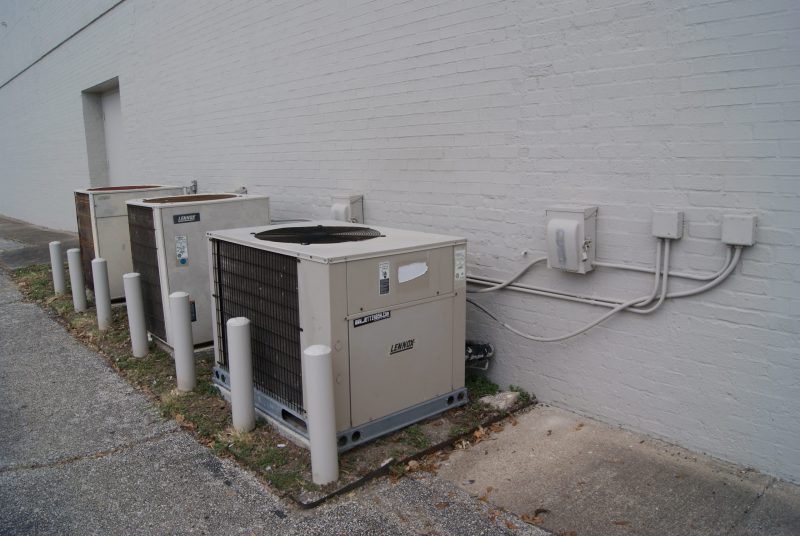
It is necessary to use copper tubes of refrigeration quality in a coil to connect the units. At each end of the lines, a dudgeon (= conical flaring of the copper tube) must be made to ensure a perfect seal between the unit connection and the tube. The air conditioning professional can make them for you.
Commissioning
The commissioning must be carried out by a professional with the appropriate certificate of competence.
The sale of air conditioner pre-charged with refrigerant is reserved to professionals or individuals who have concluded a commissioning agreement with a professional having the necessary certificates.
During this commissioning, the professional must check:
– The correct connection of the units (electrical and fluidic);
– Carry out the dudgeons;
– Check the tightness of the unit;
– Empty the air present in the pipes (vacuum);
– Open the valves of the outdoor unit containing the refrigerant.
A top-up charge may be necessary, depending on the length of the pipes. Finally, he will check the flawless operation of the installation and give you a commissioning sheet. If you have bought the pre-charged air conditioner yourself, he will also give you the certificate.

